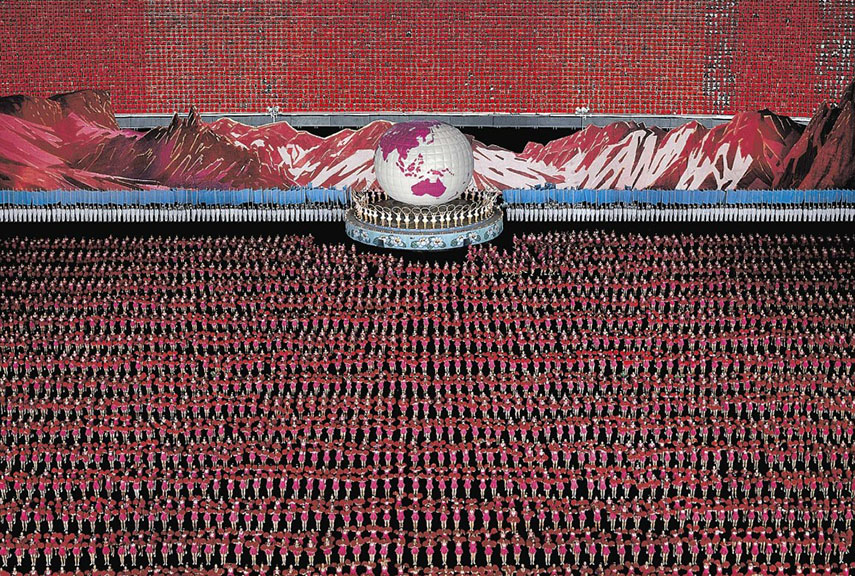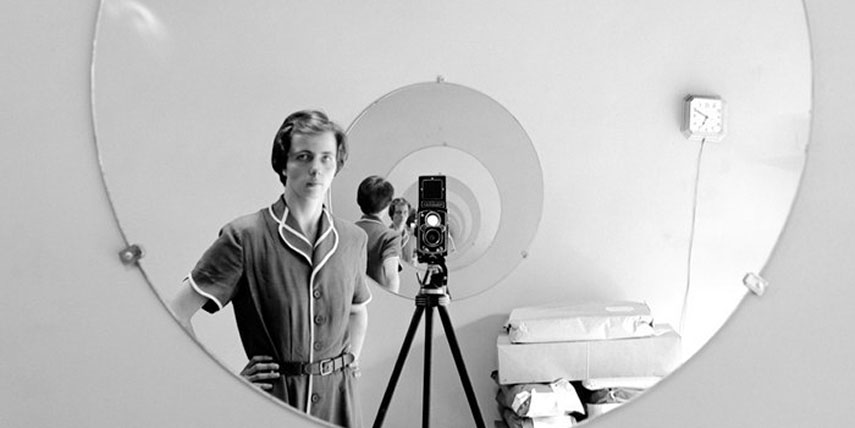How to Achieve the Ideal Composition in Photography
Composition in photography, like in any other form of art, comes as a set of established guidelines that help artists, particularly aspiring ones, to achieve striking visual results. Although some people call them “rules”, we should remember that photo-making as a medium is a form of artistic expression, therefore we should refer to them as proposals, or perhaps exercises, for those who wish to practice their skills, rather than impose any sorts of limits on their creativity. As a key aspect to a good work of art, composition represents a part of elements of photography, equally important as the rest. What makes the technique of capturing reality with a camera so exciting is the mastering of each of these aspects, individually and in a variety of combination, until the result is perfectly reflecting its author’s idea. Their aim is to expand the range of approaches and train photographers’ eye, while at the same time providing inspiration and fostering creativity.

What is Composition in Photography ?
To describe composition in photography is to talk about the placement of objects and items, and not just the main ones, within the frame of your photo. As such, it is the backbone of what makes a photograph visually impactful, rather than dull and ordinary. It could be said that it represents the quest of obtaining just enough detail, the amount of which can vary for different kinds of sceneries and ideas, the skill which could be mastered with practice and dedication. The composition guidelines are here to help the artist create compelling shots which draw attention to the significant parts of the scene or leading the viewer’s eye through the whole photo. Every time the photographer points the camera towards an object or a subject, they make compositional decisions - they choose how to isolate a piece of reality and transfer it onto a physical or digital support. Images with a good combination and distribution of elements within works tend to stay impressed in the viewer’s mind, like a good painting would, which is essentially what art and its masterpieces are all about.
Photo Composition Tips and Rule (feat. Steve McCurry)
Composition Through Lines, Golden Ratio, the Rule of Thirds…
Because photography relies on both imagination and technique equally, apart from good vision of the world around a photographer should have solid knowledge of the options of the camera. Here, we have focal length, aperture, ISO and other parameters which directly define the aesthetic of the picture and whether it will be blurry or sharp, dark or light, grainy or not… Other settings, like vignetting, will create corner shading, or a frame within the frame, thus guiding the eye toward the center of the image. However, the author should play with “actual” frames and items they find around them, rather than rely on what the camera has to offer so much. Which are the most important guidelines of composition in this case?

The Rule of Thirds and Golden Ratio
The aspect of an image that usually makes it memorable is its balance - or the breaking of it. Very often, this is achieved by the application of the rule of thirds, an imaginary (or camera-set) grid composed of two horizontal and two vertical lines that result in nine equal segments. The goal is to position the protagonist of the picture along these lines, or at the points where they intersect. While we have a natural tendency to want to place the main subject in the middle of the frame, placing it off center: up, down, left or right, results in a more attractive composition. Dividing the frame is crucial, which is why there is yet another “rule” - the golden ratio. While the rule of thirds breaks the image down into equal segments, the golden ratio is a century-old idea that is based on a complex mathematical formula which is anything but proportional as such.

Leading Lines in Composition
Speaking of imaginary or actual lines, the two composition aspects mentioned above are certainly not set in stone; the author can rely on the curves and line found on the spot, be it straight, diagonal, zigzag, parallel, radial… Our eye is naturally drawn along lines, and using them within the composition means creating a viewing path and focusing attention throughout the image. By changing the position of elements, in still life or portraiture for example, or the position of the photographers themselves if its about a landscape shot, would provide an element which would represent this line, one that leads the viewer toward a specific part of the picture.

The Background and Depth of Field
While the subject of the photo is central, the background it is on should not be neglected either in composition. Very often, it is what’s around the main item that forms the image, because it helps the viewer distinguish the fields of the photographic plane, putting certain things forward and others behind. By replacing the scenery or blurring it using wide lens aperture, the photographer does not take away the importance from what needs to have it. Backgrounds, however, could also have a contributing nature to the composition, which is also something that could be considered, depending on the scenery in question.

The Frame
If we imagine the photograph before it is made, it is nothing else than a blank canvas, in need of a story. Call this canvas an area that should be filled, a frame whose every segment should contain a visual element. By zooming in or getting closer to the subject, the photographer obtains more details and leaves nothing significant behind. Furthermore, finding constructions or a set of items that would create a frame within a frame will certainly isolate the subject and drive our attention toward it even further. This frame can be man-made (bridges, arches and fences), natural (tree branches, tree trunks) or even human (arms clasped around a face)…

Achieving the Perfect Shot
One of the greatest things about learning composition and using the medium in general is the fact that the advices proposed by professionals, and which we mentioned here, are meant to not be taken so seriously. Each of these “rules” is applicable in highly individual cases, and sometimes it is the photographer’s decision to reject using them at a certain moment what would make the desired result. The art of making a photograph, as we can see, narrows down to making this decision and getting right, something that hard work and dedication could make perfect. The practicing of composition is a never-ending adventure, no matter how experienced the photographer is, because it can always bring new things to learn and open brand new horizons in composition.
Editors’ Tip: The Photographer's Eye
Digital photography has brought a new, exciting aspect to design - first because the instant feedback from a digital camera allows immediate appraisal and improvement; and second because image-editing tools make it possible to alter and enhance the design after the shutter has been pressed. Now published in sixteen languages, The Photographer's Eye continues to speak to photographers everywhere. Reaching 100,000 copies in print in the US alone, and 300,000+ worldwide, it shows how anyone can develop the ability to see and shoot great digital photographs. The book explores all the traditional approaches to composition and design, but crucially, it also addresses the new digital technique of shooting in the knowledge that a picture will later be edited, manipulated, or montaged to result in a final image that may be very different from the one seen in the viewfinder.
Featured images: Philippe Halsman - Dali Atomicus, 1948, via photographyoffice.com; Michael Kenna - Passing Barge, Paris, France, 1988, detail, courtesy the artist; Joel Meyerowitz - Paris, France, 1967. Courtesy of the Howard Greenberg Gallery; Annie Leibovitz - Michelle Williams, via Vogue. All images used for illustrative purposes only.
Can We Help?
Have a question or a technical issue? Want to learn more about our services to art dealers? Let us know and you'll hear from us within the next 24 hours.

